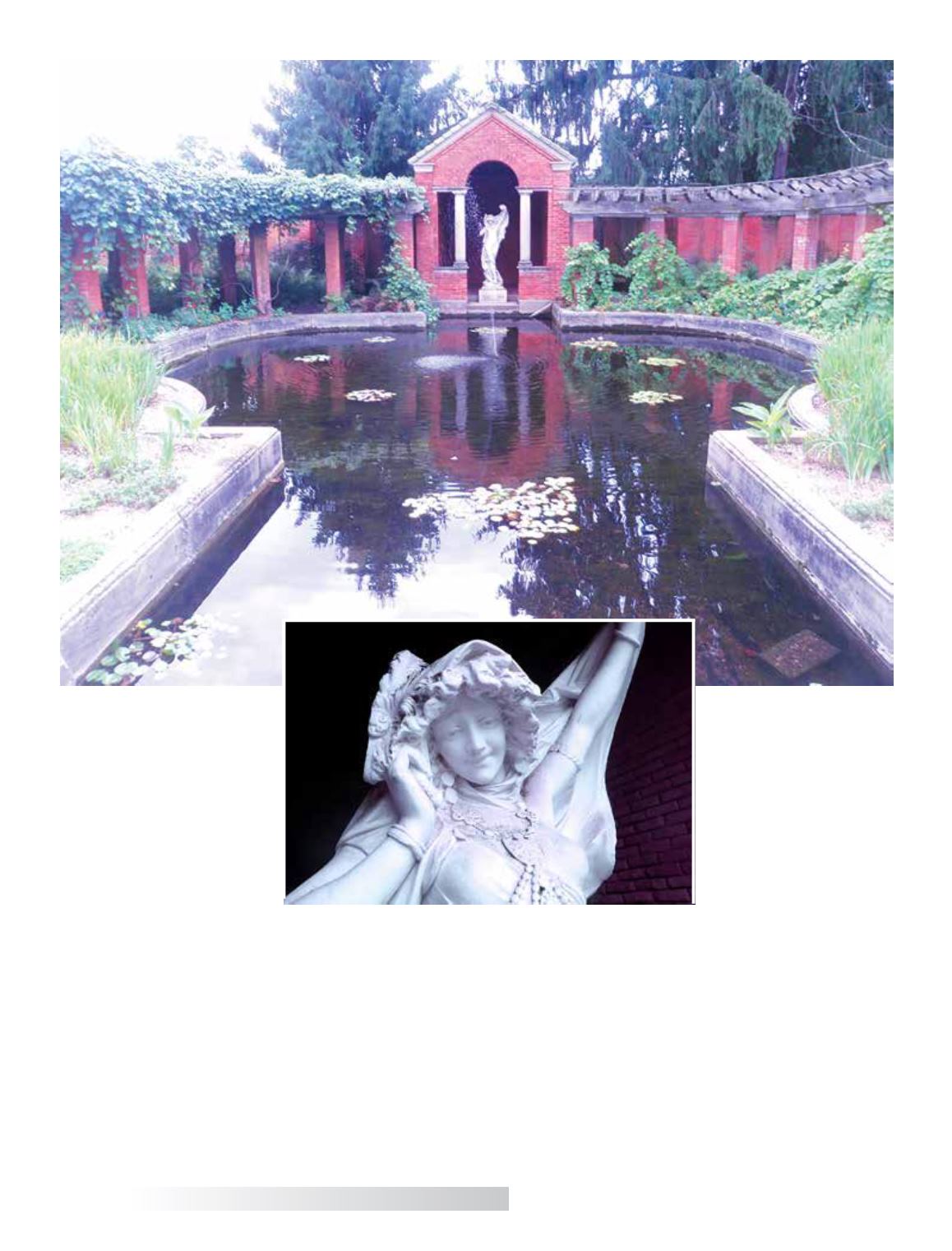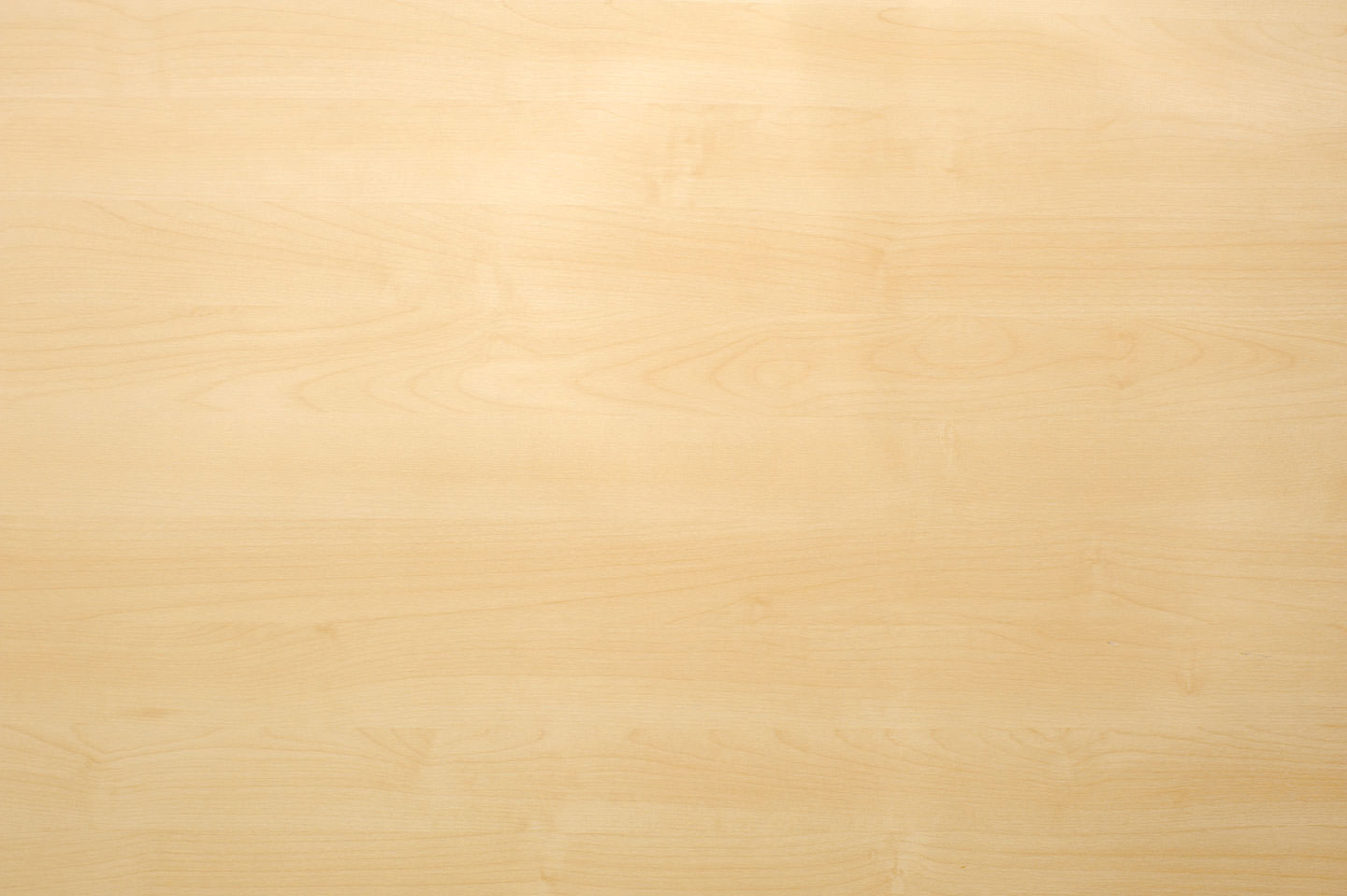

Holiday 2018
61
boatingonthehudson.com
1799-vintage Gingko tree that
is “one of the CONTINENT’S
oldest” in the middle of the big
lawn south of the mansion that
I’d bet the farm that 99.9% of
the zillions of people that noodle
by it every year simply ignore as
“just another tree” unless they
are told otherwise by “someone
in the know”).
Bard’s son sold the place to his
father’s medical partner, who
built the first formal gardens
and greenhouses. When the partner died the estate was broken up,
until Walter Langdon Jr. came along and laid out formal gardens
and hired architects to design the still-existing Gardner’s Cottage,
Tool House, and garden walls. Frederick and Louise Vanderbilt
bought the estate in 1895, and redesigned the gardens and, good
for them, “planted hundreds of trees and shrubs” that they could
walk through twice a day on weekends. Whadda life.. When they
died, childless, the mansion was left to a niece, who couldn’t sell it.
Neighbor FDR suggested she donate it to the National Park Service,
and the site opened to the public in 1940.
Over time, the gardens became a train wreck, generally forgotten
for over 30 years. In 1950 a windstorm damaged the greenhouses,
and they were torn down.
In the late ‘60’s the NPS
began documenting the
ruins, and in the ‘70’s
received a grant to partially
restore them. Restoration
of the brick walls began,
and was completed in
1983.
Then,
in
1984
along came the Frederick
W.
Vanderbilt
Garden
Association (FWVGA), TO
THE RESCUE!!!
Three local gardeners, Martha (Marti) Stuart, Louise Martin
and Marion Asher—bless them—asked the NPS for permission to
restore the plantings in the garden. That fall, FWVGA now had
32 volunteers. The annuals then contained 6,500 plants, and
by mid-1986 the perennial garden had about 3,200 plants!!! In
1987 1,400 rose bushes were planted in the rose garden.
“Barefoot Katie” was placed at the south end of the Pool in
the 1920’s, coyly gazing across the amazingly black-colored
(“achieved through a chemical, non-toxic dye” giving it its
reflective qualities and, controlling algae) Reflecting Pool .
The landscape—five acres of tiered gardens and gravel paths—
has now been restored to its original 1930’s appearance, but

















